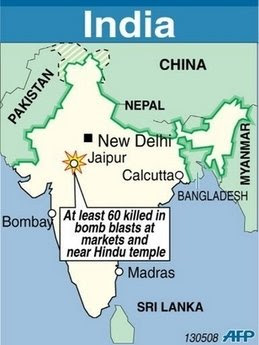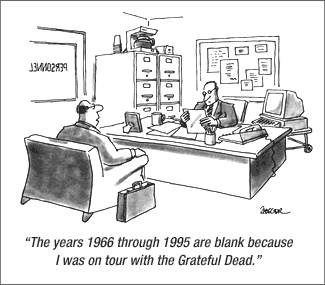Students Want More Use of Gaming Technology in Schools
Results from annual survey reveal disconnect between students', adults' views on technology in schools
By News Report
Project Tomorrow's fifth annual Speak Up Survey -- which addresses the attitudes and opinions of K-12 students, teachers, parents and school administrators toward the use of technology in education -- reveals this year that online or electronic gaming is one of the technologies that students use most frequently, and that educational gaming is one of the emerging technologies that students would most like to see implemented in their schools. Yet, only one in 10 teachers has adopted gaming as an instructional tool.
Project Tomorrow collected the data through online surveys conducted last fall and verified the results through a series of focus groups and interviews with representative groups of students, educators and parents.
During the past four years of the survey, the technology that students most wanted to see in their classrooms was a personal laptop for each student. For the first time this year, laptops for students also topped the list of teachers' and school leaders' most desired technologies.
However, this year's survey also reports that gaming is now listed by students as a classroom must-have.
In fact, 64 percent of students in grades K-12 say they play online or electronic-based games regularly. On average across all grade levels, students are playing electronic games about eight to 10 hours a week. More than 50 percent of students in grades three through 12 would like to see more educational gaming in their schools -- yet only 19 percent of parents and 15 percent of administrators favor the idea.
"What was really interesting to see in this year's survey is how the pervasiveness of gaming has really taken a stronghold," said Julie Evans, Project Tomorrow's chief executive. "Students are really articulating their interest in gaming, as well as the many benefits educational gaming can provide, such as helping them to learn difficult math concepts. Even the National Council of Teachers of Mathematics recognizes the huge potential for gaming technologies (in education)."
Just over half of the students surveyed (51 percent) said they're interested in educational gaming because games make it easier to understand difficult concepts. Fifty percent said gaming would make them more engaged in the subject, 46 percent said they would learn more about the subject, and 44 percent said it would be more interesting to use gaming when practicing math and science problems.
Yet, while more than 50 percent of teachers said they would be interested in learning more about integrating gaming technologies into their teaching and 46 percent would be interested in professional development on this topic, only 11 percent said they are currently incorporating some gaming into their instruction.
What's more, there seems to be a disconnect between what students want from their own education and what the adults in charge think is best.
According to the survey, students' frustration with school filters and firewalls has grown since 2003, with 45 percent of middle and high school students now saying that these tools designed to protect them inhibit their learning. And 40 percent of students in grades six through 12 cite their teacher as an obstacle to their use of technology in school.
As one high school student in a recent focus group told Project Tomorrow, his vision for the ultimate school is one where the teachers and the principal actively seek and regularly include the ideas of students in discussions and planning for all aspects of education -- not just technology.
"This is our future, after all," said the student. "Our ideas should count, too."
Cf. Converge






























